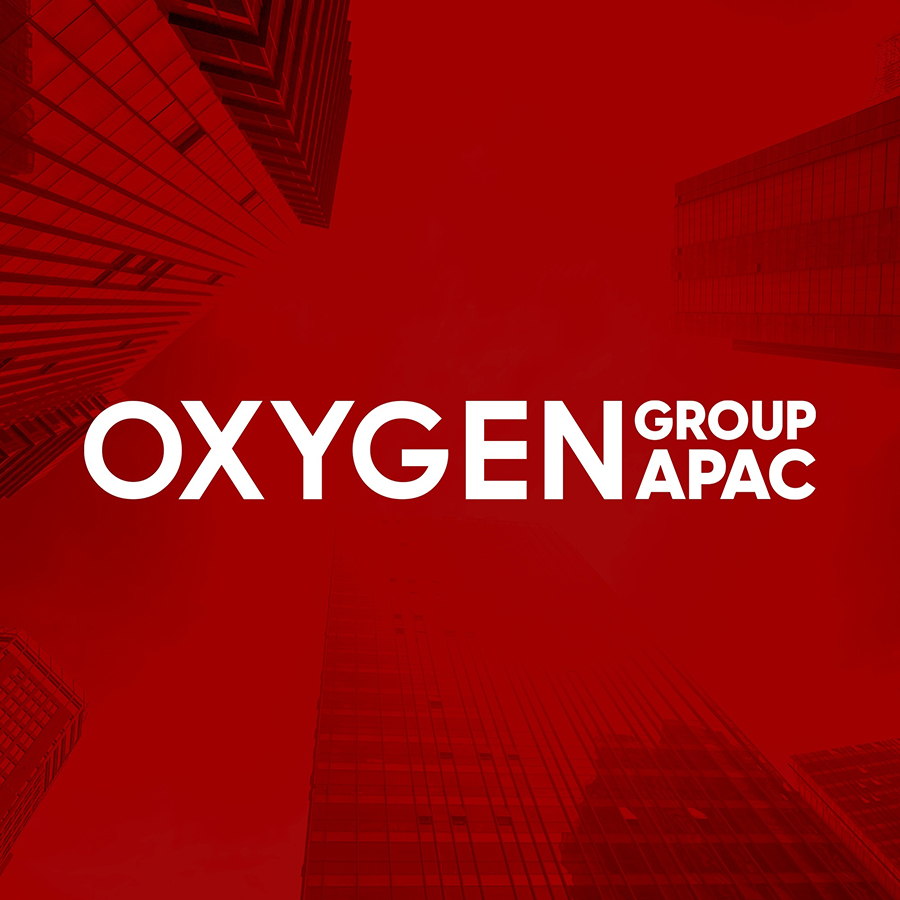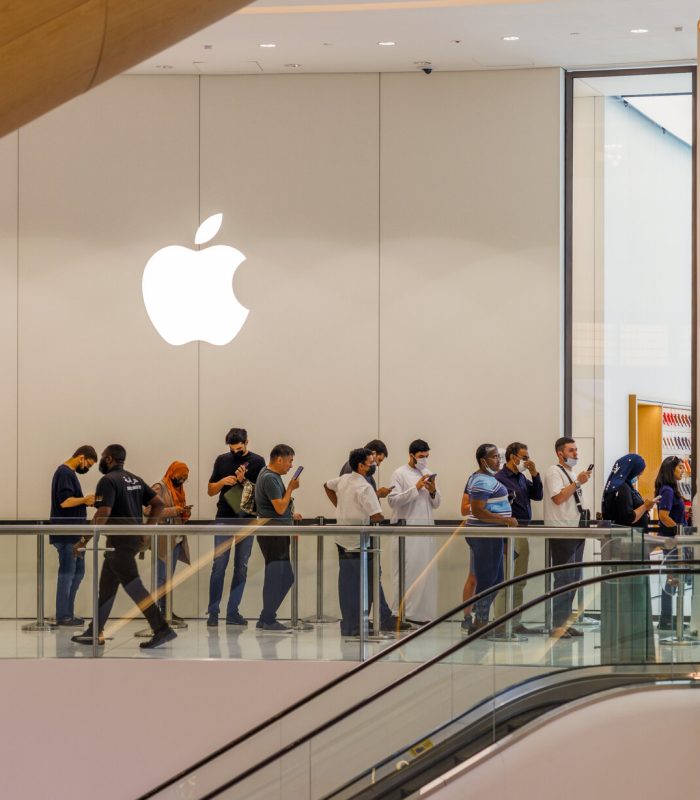In the context of brand growth and consumer decision-making, mental availability has emerged as one of the most critical — and often misunderstood — strategic priorities.
Defined by the Ehrenberg-Bass Institute as the likelihood that a brand comes to mind in a buying situation, mental availability is not a measure of creative recall or campaign resonance.
It is a function of associative memory, built over time through consistent brand signals, category relevance, and behavioral conditioning.
In other words, mental availability is not about whether consumers remember you.
It’s about whether they think of you when it matters most.

The Academic Foundation: From Brand Salience to Mental Structures
The work of Byron Sharp and colleagues at the Ehrenberg-Bass Institute reshaped modern brand strategy by challenging the idea that brand loyalty and deep relationships are what drive growth.
Their research found that:
- Growth comes primarily from increasing penetration, not deepening loyalty
- Buyers are light and occasional, not devoted
- Decisions are made under low-involvement, fast-thinking conditions
This means brands don’t need to be loved — they need to be easy to notice, recall, and choose at the point of purchase.
Mental availability, then, is about building and reinforcing mental shortcuts — known as category entry points (CEPs)— that link your brand to buying situations.
For example:
- “Thirsty in the afternoon” → Coca-Cola
- “Need a quick dinner” → GrabFood
- “Need to focus at work” → Nescafé
These aren’t just associations — they are paths to choice.
Practical Implication: Marketing Is Memory Management
Mental availability is not driven by any single campaign.
It is the accumulated effect of brand signals, repeated consistently, across time and context.
To improve mental availability, brands must:
- Define the right Category Entry Points (CEPs)
These are the cues, needs, or moments that trigger buying decisions. They vary by market, lifestyle, and context. Choosing the right CEPs is a strategic act. - Reinforce brand assets consistently
Assets like color, typography, tone, tagline, audio signature, and packaging must remain stable over time. This repetition builds memory structure. - Balance reach and frequency
Mental availability is a function of both how many people see your brand, and how often they encounter it. Reach without repetition rarely creates recall. - Ensure context-relevance
Mental availability improves when your brand appears in moments, environments, and placements that are cognitively linked to the decision context.
Why Brands Lose Mental Availability
Despite investment, many brands erode their mental availability over time due to:
- Inconsistent messaging and visuals
- Frequent rebranding or seasonal overhauls
- Shifting tones that blur brand personality
- Chasing new trends at the cost of long-term signals
When a brand changes its voice, its look, or its promise too frequently, it fractures the very memory structures it has worked to build.
In markets like Cambodia or Vietnam, where consumers juggle multilingual exposure and high media saturation, clarity and consistency are not optional.
They are essential to being mentally available when purchase decisions arise.
Mental Availability vs. Mental Affinity
It is important to distinguish mental availability from mental affinity.
- Mental availability answers: “Do I think of this brand in the buying moment?”
- Mental affinity answers: “Do I like or admire this brand?”
While both are valuable, academic research consistently shows that availability is more predictive of growth than affinity.
Brands are chosen because they are accessible, not always because they are adored.
This is especially true in low-involvement categories, where decisions are made quickly and with limited emotional investment.
Strategic Imperative: Build Brands That Are Easy to Choose
In commercial terms, mental availability delivers:
- Higher conversion at shelf or digital interface
- Increased spontaneous recall in research studies
- Greater impact from lower media spend, due to memory efficiency
- Sustainable long-term growth through brand equity stability
Put simply, mental availability makes marketing more effective and brand equity more durable.
It allows brands to maintain presence even when they’re not actively advertising — by living in the consumer’s mind as an automatic, trusted choice.
Final Thought: In the End, Brands Live in the Mind
In a hyper-competitive marketplace, the difference between being noticed and being chosen often comes down to one thing:
Were you the first brand that came to mind — when it counted most?
Recognition is a good start.
Emotional storytelling adds depth.
But if your brand isn’t mentally available in buying situations, even the best creative work may not convert.
Mental availability isn’t a trend. It’s a discipline — and one of the most powerful brand growth levers available today.





